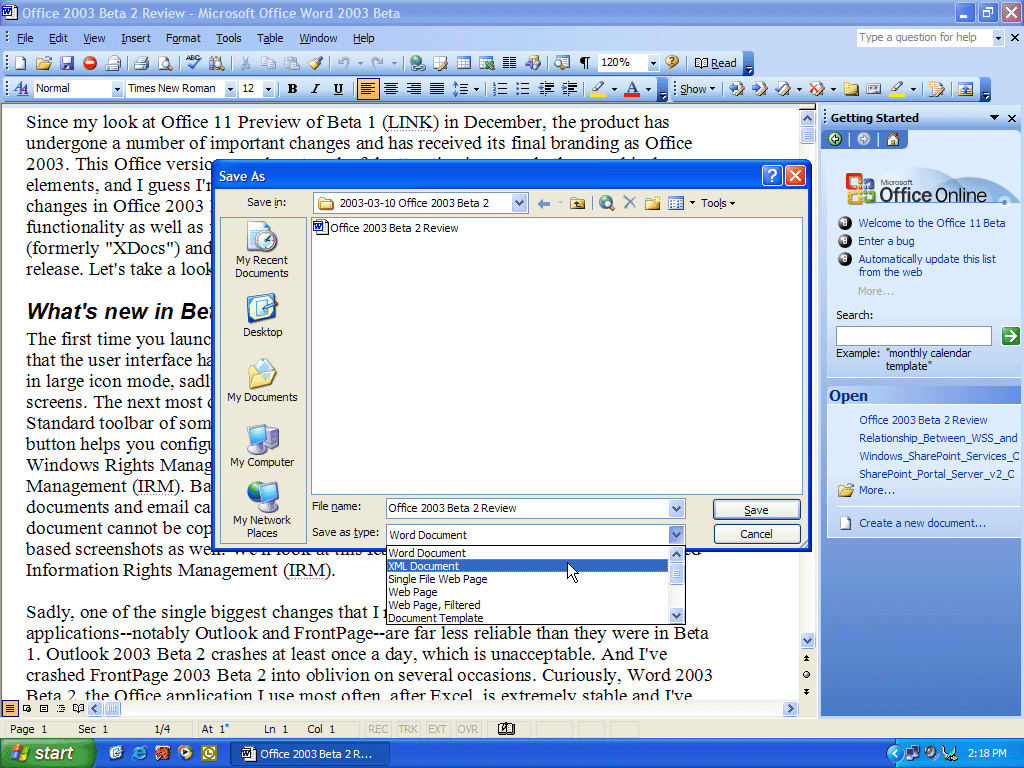Select Multiple Language On Microsoft Word For Mac
Most people select text without even thinking about it: drag and they’re done. But with a few techniques under your belt, you can master this mundane chore, going beyond a mere drag or double-click. In I covered some of the basics. Here are five more-advanced text-selection tips that will speed up your work day. These tips work in both Snow Leopard and Lion with (a few noted exceptions) in Apple’s; some of them even work in Apple’s. Easily add to your selection Double-click to select a word.
- Select Multiple Language On Microsoft Word For Mac Free
- How To Change Default Language On Microsoft Word

Select Multiple Language On Microsoft Word For Mac Free
Triple-click to select a paragraph. In Word or TextEdit, Shift-click afterwards and the new selection area, no matter where in a word or paragraph you click, jumps to include additional complete words or paragraphs. This is particularly handy in Word, which lets you select a full sentence with a Command-click, so Shift-clicking lets you add complete sentences. (Pages, however, ignores this approach completely.) 2. Select whole words from the keyboard Did you know that you can jump to the beginning or end of a word by pressing Option-Left or Right arrow? Another Option-arrow press and you’ve jumped forward or backward another word. Add the Shift key to the mix (Shift-Option-Left or Right arrow) and you can select a word at a time and then use the keyboard to format it or delete it.
Im a danish person writing an english text in word 2011 on a mac. The citations show up as (author, year, s. 275) instead of (author, year, p. 275).Ive tried toggling fieldcode mode, but word wont let me change the code. 15 ways to select text in a Word document. In Microsoft Office, August 15. Word will select multiple lines, even paragraphs. Word will stop selecting when you stop dragging.
How To Change Default Language On Microsoft Word
Choose non-contiguous text Just as you can select non-contiguous items in a Finder window or dialog box list with a Command-click, you can select non-contiguous text using the Command key. Want to go back and bold a few words here and there? Command-double-click on each, and then apply the formatting to all of them in one fell swoop. You can also Command-triple-click on non-contiguous paragraphs, or Command-drag to select various phrases. Formatting is not the only thing you might want to do with non-contiguous selections.
You can use Edit -> Copy to copy them, and when you paste them elsewhere, they appear as a list. Pressing the Command key while you select allows you select noncontiguous text (background). Format, or copy and paste, the text as one unit to save some serious time (foreground). Select text in a table cell When you’re working in a table—not tabbed columns, but real tables—different programs handle text selection in different ways. In Word, when you press Tab to move to a cell, all the cell’s text is automatically selected. Pages does the same, but you wouldn’t know by looking at it. Press Tab and you get a selection frame around the next cell; the text isn’t highlighted.
Pavtube Video Converter Ultimate 4 9 2 Crack Mac + Serial Key Registration Code! Rating is available when the video has been rented. How to Record Your Screen on Mac! (Screen Capture Mac. Pavtube video converter for mac free download. Pavtube Video Converter Ultimate 4.9.2.0 2018 Crack + Serial Keygen [ Windows + MAC ] Pavtube Video Converter Ultimate 2018: Pavtube Video Converter Ultimate 4.9.2.0 walks users through SD/HD movie editing and converting process. Those original features have been optimized the “Settings” can adjust rate that is bit price that is framework an increased level.
But it is selected nonetheless: Press Command-B and the text turns bold; press Delete and it disappears; start typing and you’ll replace the existing text. In TextEdit, pressing Tab places your cursor at the beginning of the cell you move into. If there’s only a single paragraph in it, press Shift-Option-Down arrow to select to the end of any paragraph.
If there are multiple paragraphs, keep Shift and Option down while you press the Down Arrow as many times as necessary. Select a rectangular area You can select a rectangular area of text anywhere—even in the middle of a paragraph—by pressing Option as you drag. This is incredibly handy when you’re working with tab-separated columns of text: you can select a column to format it differently (in italics or bold, for instance), delete it, or move it. When you select and delete a tabbed column, make sure you select the accompanying tabs so you’re not left with double tabs between the remaining columns. In Word or Pages, turn on invisible characters so you can see what you’re doing. (In Word 2011, press Command-8; in Pages ’09, choose View -> Show Invisibles.) Then, select the leading or trailing tabs for the column along with its text, and press Delete.
In TextEdit, you have to work blind, but if you select the space before or after a column, you’ll usually snag the tabs. Option-drag to select a rectangular section of text and then format it.To move a column, select it with its tabs, cut it, and paste it in the new position. The paste procedure cleverly inserts the whole column properly when you click before or after a word in the first row of the table. Which tabs you select for a column that’s going to be moved depends on where you’re going to place the insertion point before you paste.
If your insertion point is in front of a word, you should have the trailing tabs in the cut material; inserting after a word means you should cut the leading tabs. Either way, you’re likely to need a little adjusting of the tab stops on your ruler.